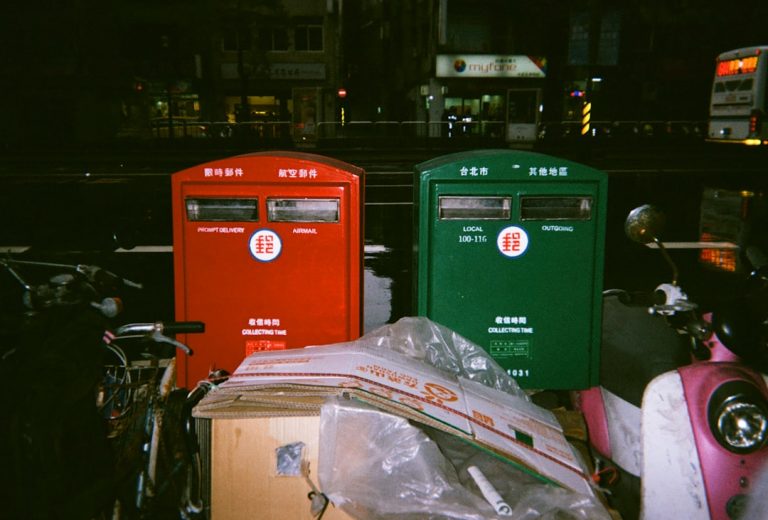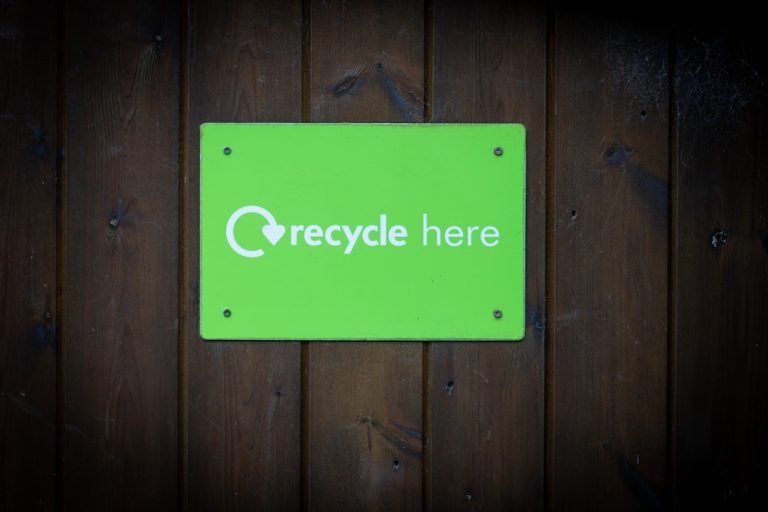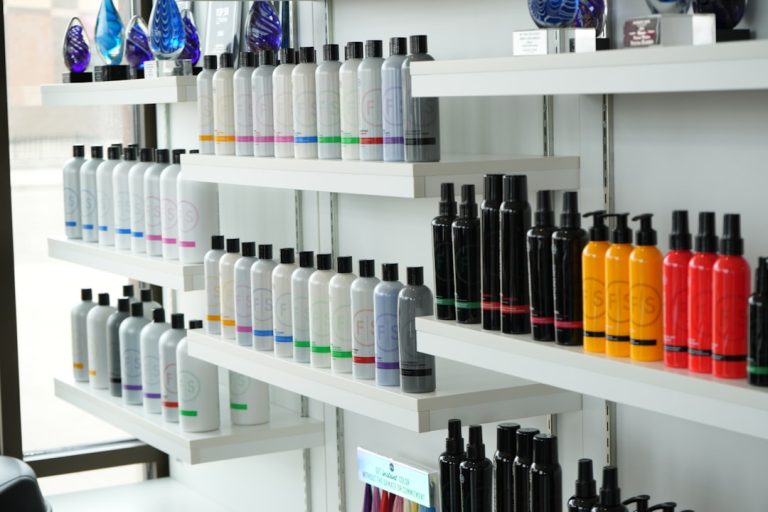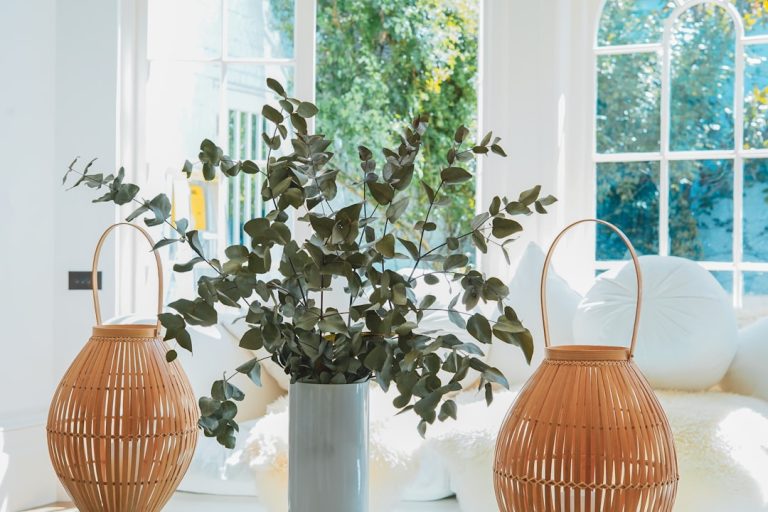My Guide to Sustainable Outdoor Gear (hiking, Camping).
My Guide to Sustainable Outdoor Gear (hiking, Camping)
As someone who finds immense joy and solace on the hiking trails and under canvas in the wilderness, I’ve become increasingly aware of the impact our gear choices have on the very environments we seek to explore. It’s a paradox, isn’t it? We love nature, but our pursuit of it often involves consuming products that contribute to environmental strain. This realization sparked a journey for me – a mission to align my love for the outdoors with more responsible consumption. This isn’t just a generic overview; this is my personal guide, born from research, trial, and a genuine commitment to making better choices for our planet, specifically tailored for fellow hikers and campers.
Sustainable outdoor gear isn’t just a buzzword; it’s a commitment to reducing our ecological footprint, supporting ethical practices, and ensuring that future generations can enjoy the wild spaces as we do. It’s about more than just buying an “eco-friendly” label; it’s about a holistic approach to how we acquire, use, and ultimately part with our equipment. Every decision, from the materials in our jacket to the lifespan of our tent, contributes to a larger narrative of environmental stewardship. So, lace up your boots (preferably sustainable ones!), grab a cup of coffee, and let’s delve into how we can make our adventures greener, one piece of gear at a time.
Shifting Our Mindset: Beyond “New” for Greener Adventures
The first step in building a sustainable gear collection often isn’t about buying something new at all. It’s about a fundamental shift in perspective. Instead of immediately thinking “purchase,” we can ask ourselves: “Can I find this used? Can I borrow it? Can I repair what I already have?” This mindset is foundational to truly sustainable outdoor living, reducing demand for new production and extending the life of existing items. Studies suggest that extending the active life of clothing by just nine months can reduce its carbon, water, and waste footprints by 20-30%. This principle applies equally to durable outdoor equipment.
The Power of Pre-Loved: Hunting for Secondhand Gems
One of the most impactful ways to reduce your environmental footprint is to buy secondhand. The outdoor gear market is brimming with high-quality, durable items that still have plenty of life left in them. Think about it: a well-made hiking backpack or a sturdy tent can last for decades. Why buy new when you can give a perfectly functional item a second life? My personal experience has shown me that some of my most cherished and reliable pieces of gear, like a vintage external frame pack, were discovered in secondhand shops, proving that quality endures.
- Online Marketplaces: Websites like eBay, Facebook Marketplace, and specialized outdoor gear forums (e.g., Reddit’s r/geartrade) are treasure troves. You can often find fantastic deals on everything from sleeping bags to technical jackets. Be specific in your searches and don’t be afraid to ask sellers detailed questions about condition.
- Used Gear Retailers: Companies like REI Used Gear and other local outdoor consignment shops are excellent resources. They often inspect and verify the quality of the gear they sell, offering a layer of assurance you might not get from a peer-to-peer sale. Smaller, independent shops often have unique finds and knowledgeable staff.
- Gear Swaps & Sales: Keep an eye out for local gear swaps or community sales, often organized by outdoor clubs, universities, or environmental groups. These are not only great for finding deals but also for connecting with fellow outdoor enthusiasts and sharing knowledge about choosing the right gear.
Renting & Borrowing: When Ownership Isn’t the Only Path
For specialized equipment you might only use once or twice a year, or for beginners who aren’t ready to commit to a big investment, renting or borrowing is an incredibly sustainable option. This reduces the need for individual ownership and maximizes the utility of existing gear. It’s particularly useful for high-cost or niche items like mountaineering boots, a packraft, or a specific type of snowshoe.
- Outdoor Rental Shops: Many national parks, universities, and independent outdoor stores offer rental services for tents, sleeping bags, snowshoes, kayaks, and more. This is an ideal way to try out an activity before committing to purchasing expensive equipment.
- Gear Libraries: Some communities have established “gear libraries” or co-ops where members can check out equipment, much like books. This model fosters community and makes outdoor recreation more accessible and sustainable.
- Friends & Family: Don’t underestimate your network! A quick chat with friends who also hike or camp might reveal someone willing to lend you that extra stove or bear canister for your next trip. Always return borrowed gear in excellent condition, clean and ready for its next adventure.
Investing in Longevity: Choosing Durable Over Disposable
When you do need to buy new, make it an investment. Prioritize durability and quality over the cheapest option. A well-made item that lasts 10-15 years is far more sustainable than a cheaper one that needs replacing every 2-3 years. This approach aligns with the principle of “buy once, buy well.”
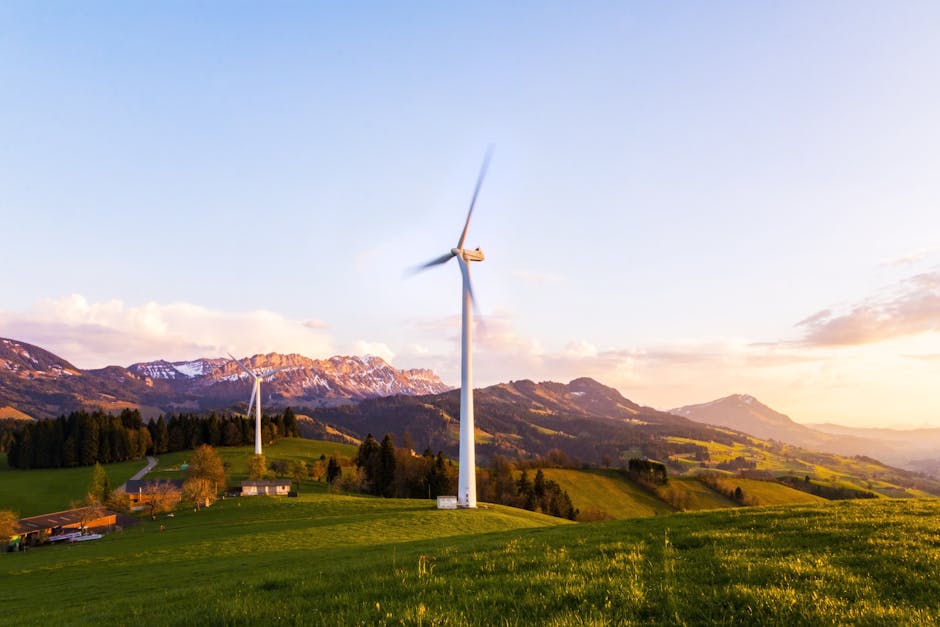
- Robust Materials: Look for heavy-duty ripstop nylon, strong YKK zippers, reinforced stitching at stress points, and abrasion-resistant fabrics. These details indicate a product designed for the rigors of the trail.
- Reputable Brands: Companies known for their quality, comprehensive warranties, and commitment to repair (like those highlighted in ethical outdoor brands lists) often produce gear designed to withstand the test of time and offer support if something goes wrong.
- Timeless Design: Classic designs are less likely to go out of style, preventing the urge to replace functional gear due to aesthetics. Focus on functionality and utility rather than fleeting trends.
Decoding the “Green” Claims: What Sustainable Really Means for Your Kit
The term “sustainable” can feel overwhelming, with countless certifications and marketing claims. My goal here is to help you cut through the noise and understand what truly makes outdoor gear more environmentally and ethically sound for your hiking and camping adventures. It’s about looking beyond the surface and understanding the lifecycle of the product – from raw material extraction to manufacturing processes, labor conditions, and its eventual end-of-life.
True sustainability in gear encompasses everything from the raw materials used to how the product is manufactured, the labor conditions, and its end-of-life potential. It’s a complex web, but focusing on a few key areas can make a significant difference in your purchasing power and ensure your choices genuinely contribute to a healthier planet.
Materials Matter: From Recycled Fabrics to Natural Fibers
The materials your gear is made from have a massive impact. Opting for recycled or natural fibers significantly reduces the demand for virgin resources and minimizes waste. The environmental footprint of producing virgin polyester, for example, is significantly higher than that of recycled polyester, saving energy and reducing plastic pollution.
- Recycled Synthetics: Look for gear made from recycled polyester (rPET) or recycled nylon. This repurposes plastic waste (like bottles and fishing nets) into high-performance fabrics, reducing landfill waste, ocean pollution, and energy consumption. Many brands proudly display the percentage of recycled content, with some items reaching 100% recycled materials.
- Organic & Natural Fibers: For items like base layers, socks, or sleeping bag linings, consider organic cotton, hemp, Tencel (lyocell), or Merino wool.
- Organic Cotton: Grown without harmful pesticides or synthetic fertilizers, it uses less water than conventional cotton.
- Hemp: A highly sustainable crop requiring minimal water, no pesticides, and naturally durable.
- Tencel (Lyocell): Made from sustainably sourced wood pulp, produced in a closed-loop system that recycles water and solvents.
- Merino Wool: A renewable, biodegradable fiber known for its natural temperature regulation, moisture-wicking, and odor resistance. Look for Responsible Wool Standard (RWS) certification to ensure animal welfare and land management.
- Certifications to Look For:
- bluesign® certified: This rigorous standard ensures that products are manufactured with responsible use of resources, minimal impact on people and the environment, and safe chemicals throughout the entire supply chain. It’s a holistic approach to textile production.
- Global Organic Textile Standard (GOTS): For natural fibers, GOTS certifies that textiles are made from at least 70% organic fibers and meet strict environmental and social criteria throughout the manufacturing process.
- Responsible Down Standard (RDS): Guarantees that down and feathers come from ducks and geese that have been treated ethically, free from force-feeding or live-plucking.
Beyond Materials: Ethical Manufacturing & Supply Chains
Sustainable gear goes beyond just what it’s made of; it also encompasses how and where it’s made. The conditions under which a product is manufactured, the energy consumed in its production, and the chemical treatments applied all contribute significantly to its overall sustainability profile. This aspect often requires a deeper dive into a brand’s transparency reports.
Fair Labor Practices & Supply Chain Transparency
The people who make our gear deserve fair wages, safe working conditions, and respect. Many outdoor brands are increasing their focus on ensuring ethical labor practices throughout their supply chains, which can be complex, involving multiple tiers of suppliers across different countries.
- Fair Trade Certified: This certification ensures that workers receive fair wages, work in safe conditions, and have a voice in their workplace. It often includes a premium that communities can invest in local development projects.


